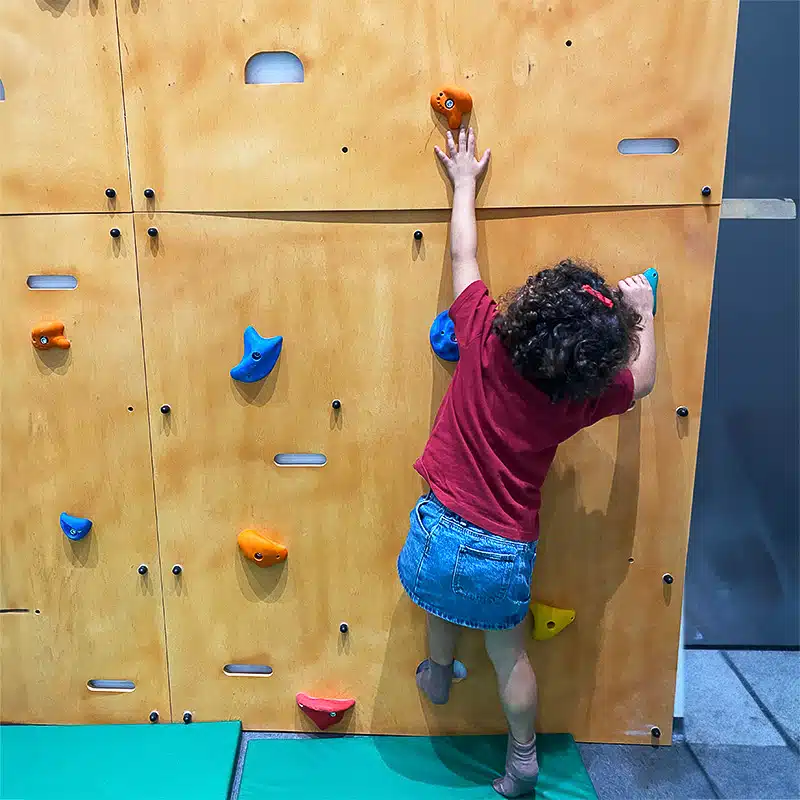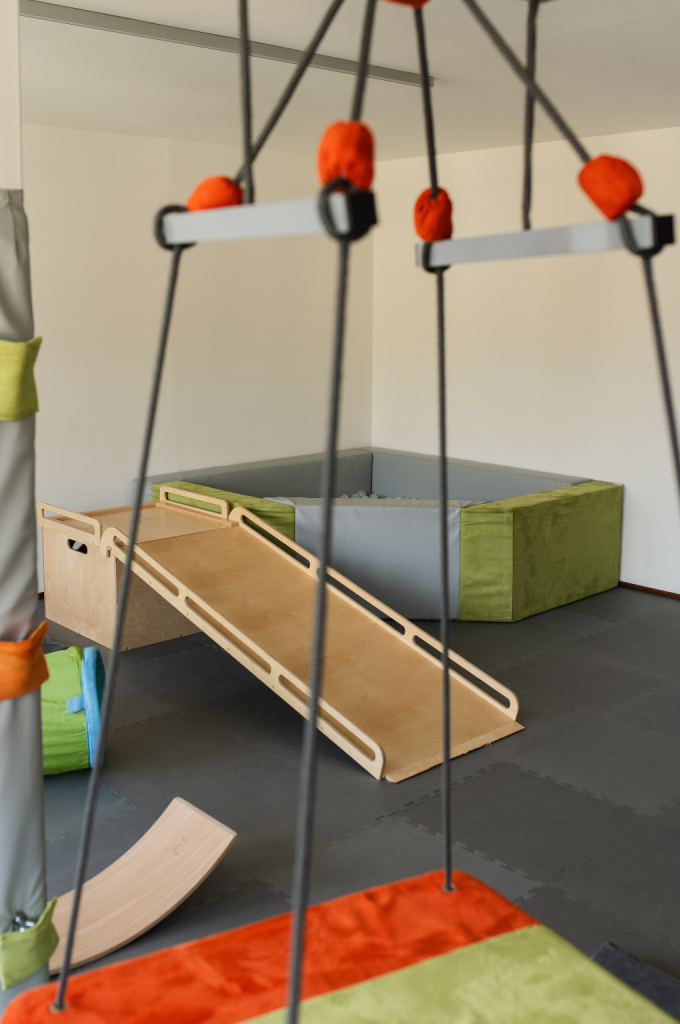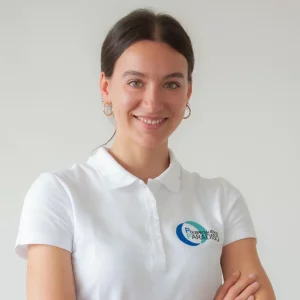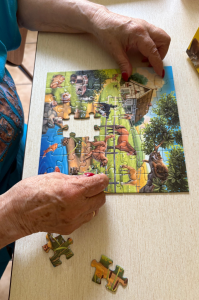Who developed the Sensory Integration theory?
The Sensory Integration theory was developed in the 1960s in the United States by Dr. A. Jean Ayres, who revolutionized the approach to Occupational Therapy by creating an evidence-based intervention model.
Dr. Ayres’ work was based on clinical observations of children with learning disorders, who often also had motor, sensory, and perceptual difficulties.
According to Dr. Ayres, “learning is a function of the brain, and learning disorders reflect certain deviations in neural functions”. Therefore, learning difficulties could result from problems in integrating sensory information, which in turn caused manifestations of sensory integration dysfunctions.

What is Sensory Integration?
It is a neurobiological process that integrates and organizes sensations coming from both the external and internal environment. Through our senses, we unconsciously understand the world around us. When sensations are integrated correctly and efficiently, an appropriate adaptive response to the environment is produced, allowing us to engage in meaningful activities. The end products of proper sensory integration are praxis and perception, that is, knowing what to do, how to do it, and when to do it.What is meant by Sensory Integration Dysfunction?
Sensory integration dysfunction occurs when the central nervous system (CNS) is unable to understand and organize sensory information. The information cannot reach the brain and, therefore, cannot be properly organized. This leads to a distorted perception of the world, which can cause emotional-behavioral difficulties, learning challenges, and an inability to manage daily needs. All of this can interfere with motor and social skills.What is the approach for a Sensory Integration disorder?
The goal is to improve the ability to process and integrate sensory information in order to increase autonomy and participation in daily life activities. Occupational therapists specialized in Sensory Integration follow certain principles that guide clinical reasoning and ensure practice fidelity (Parham, 2007). The key principles are:- “Just Right Challenge”: goals should be achievable for the child and include a challenge that still allows successful participation in the activity;
- “Adaptive Response”: the child responds to the challenge using new strategies and demonstrates adaptability;
- “Active Engagement”: the environment is rich in stimuli and encourages the child to participate;
- “Child-Led Intervention”: the therapist observes the child and uses their signals to create activities full of sensory experiences.

Conclusions
Improvement in the ability to integrate sensory information is observed when the child is able to reach and overcome increasingly complex challenges. In particular, there is notable progress in participation in sensory activities, regulation of arousal states, and sensorimotor skills.
The role of occupational therapists
At our Center, our team of professionals applies the techniques described above to guide and support children and adolescents toward individual and social well-being. In particular, occupational therapist Costanza Minonzio specializes in developmental disorders and works in the sensory rooms available at Polispecialistico Paradiso and its branches in Ticino.


